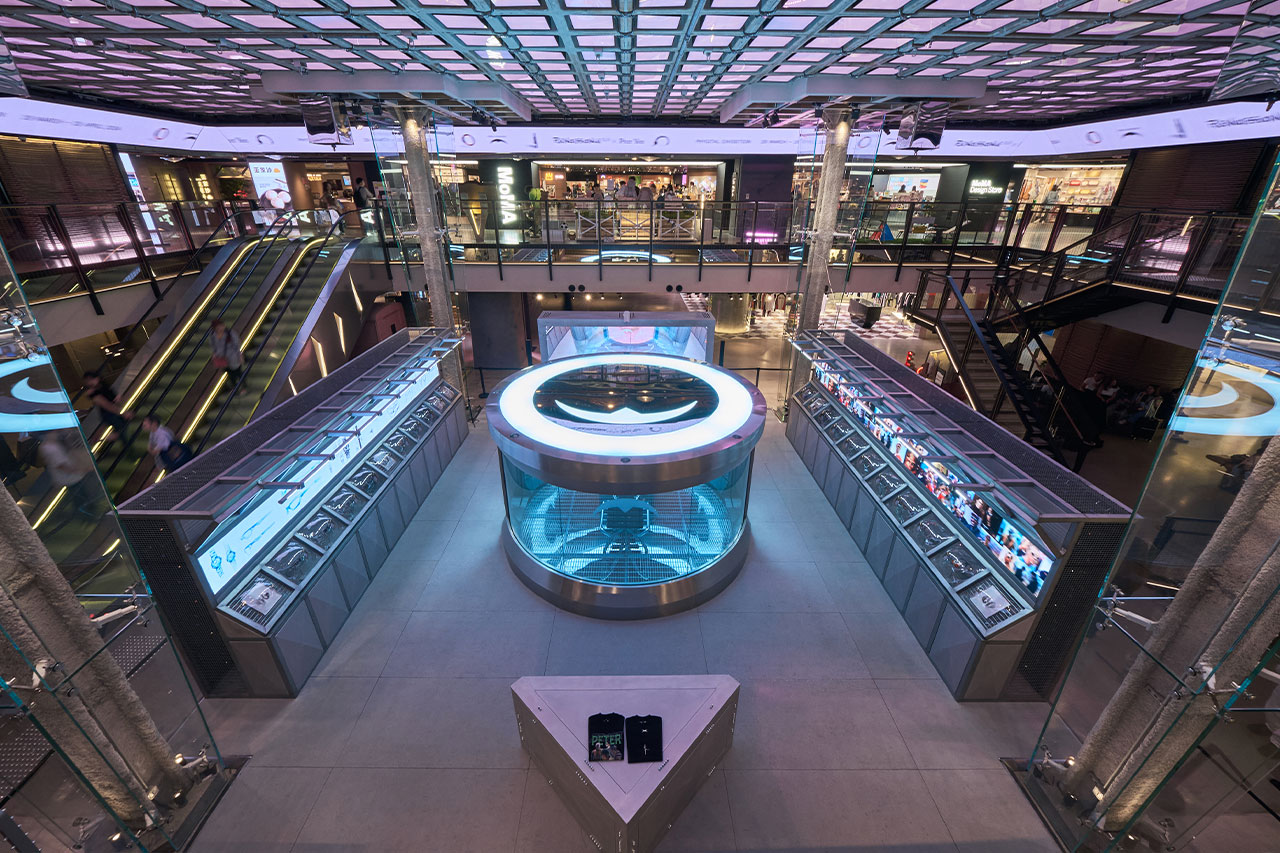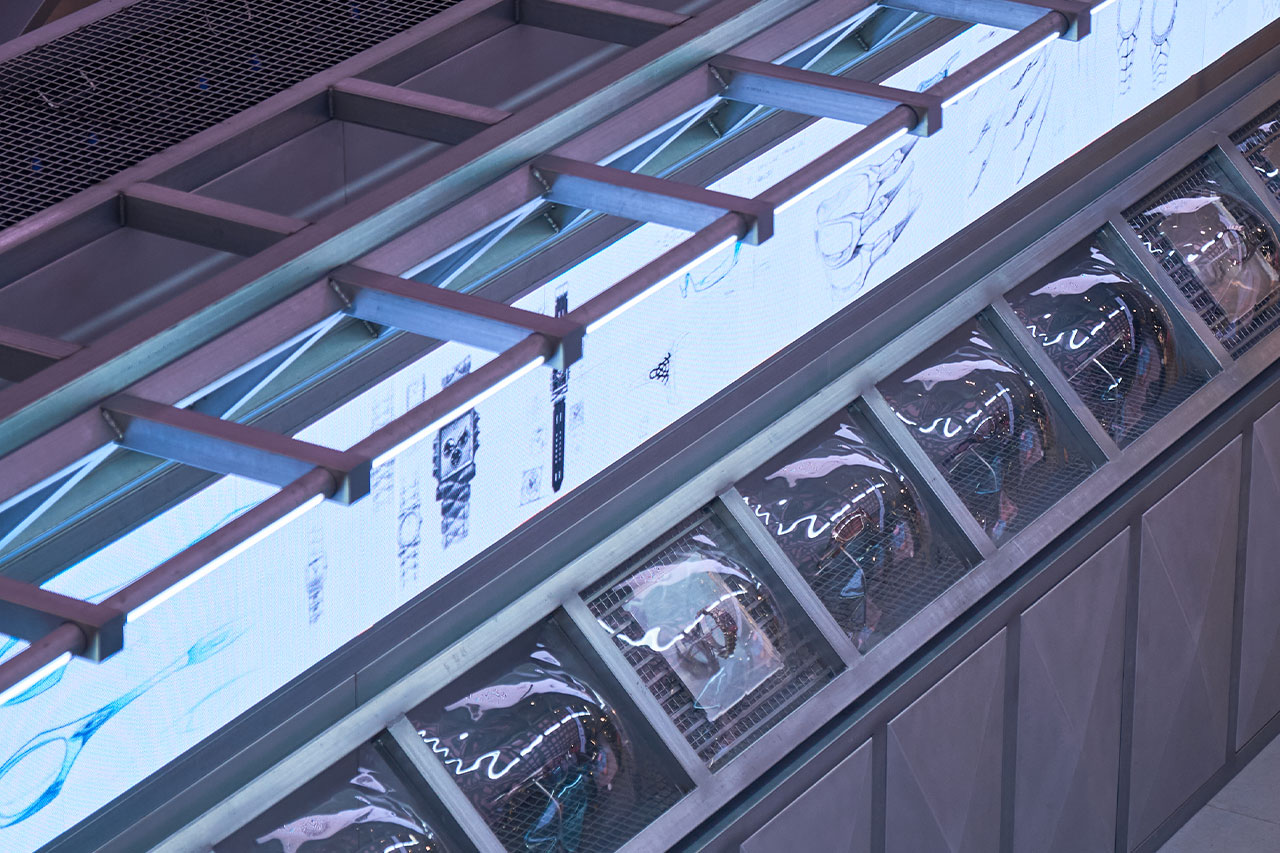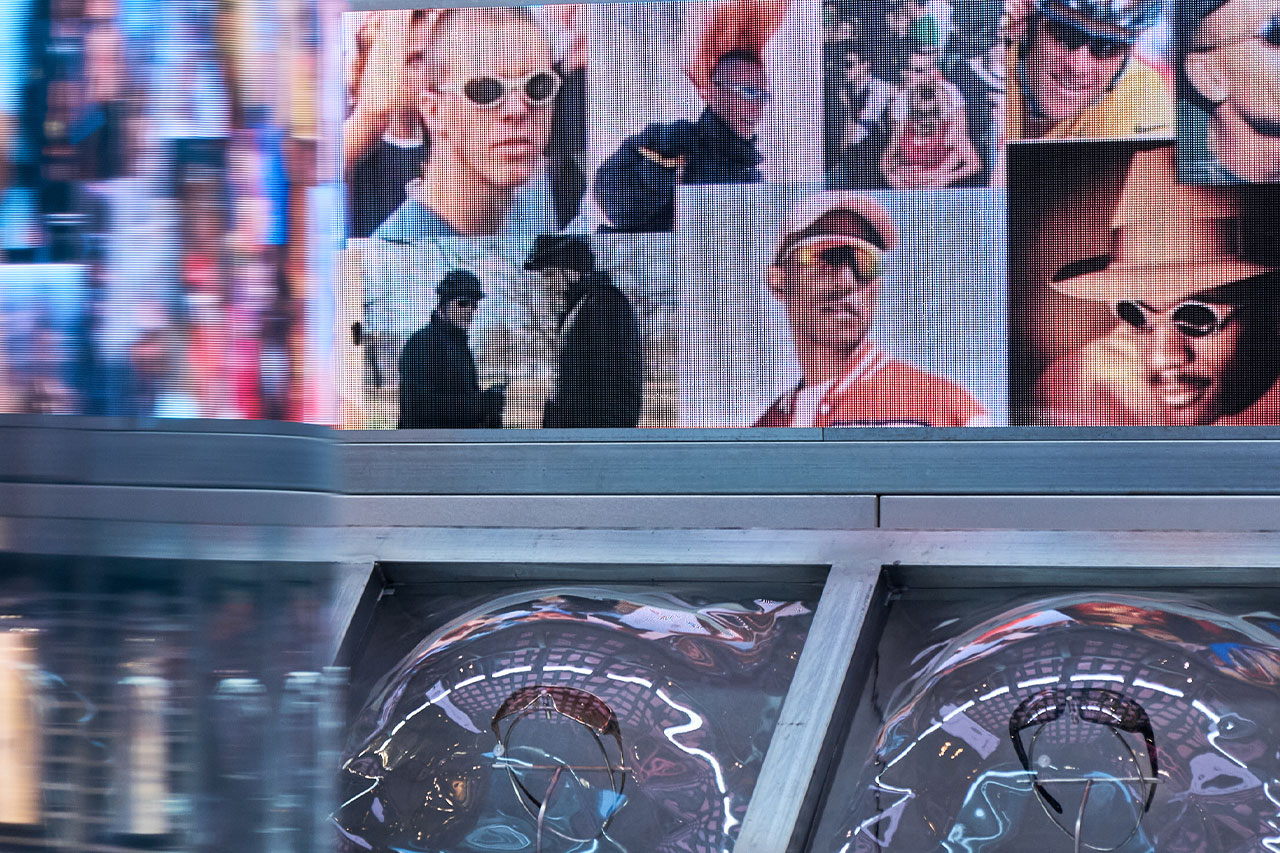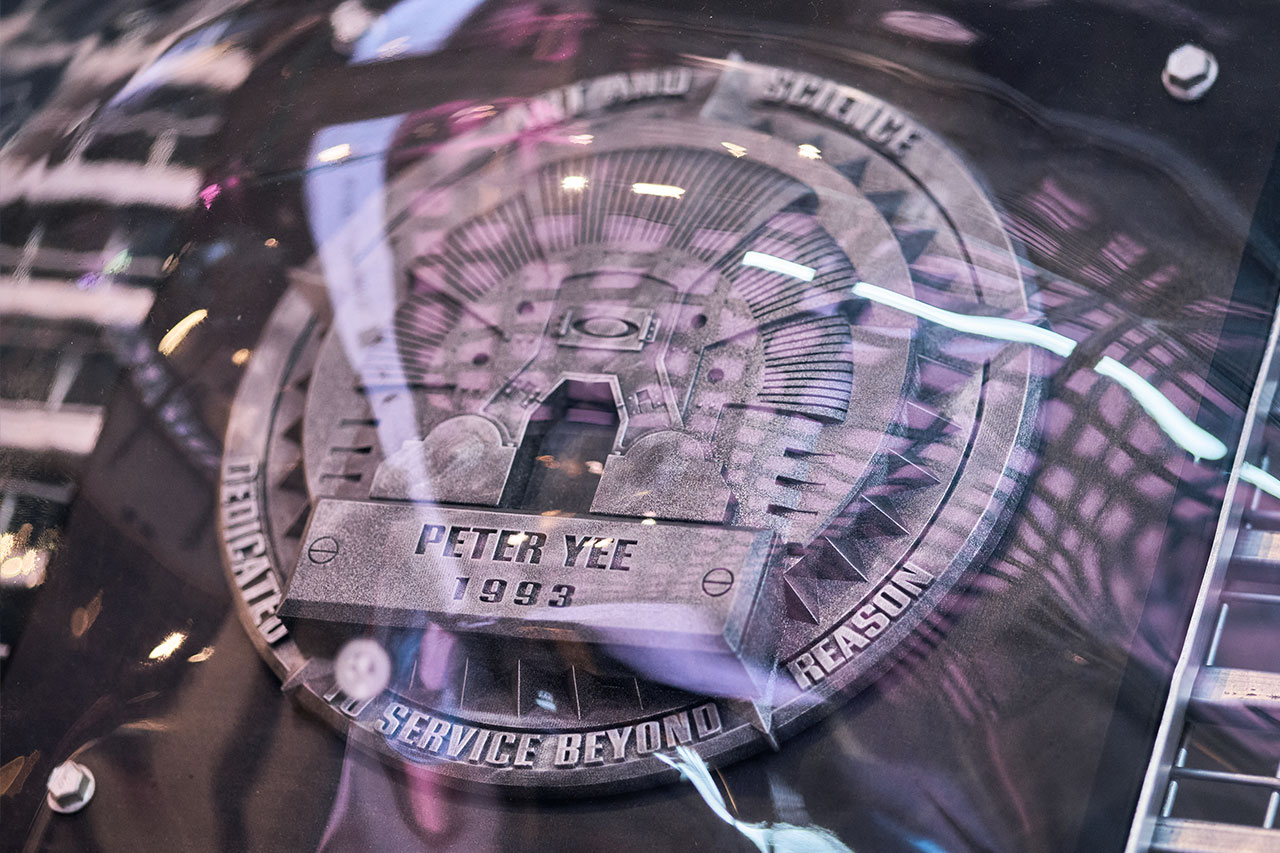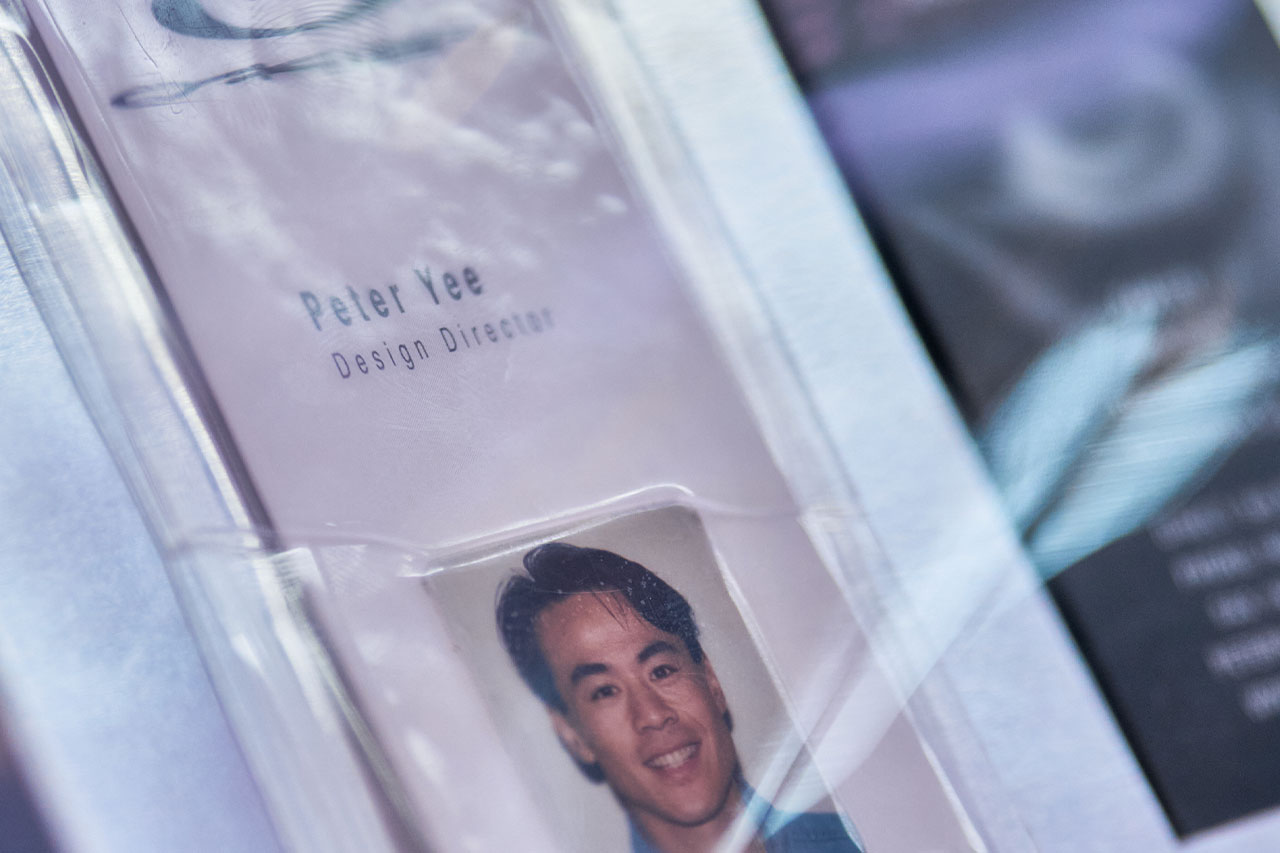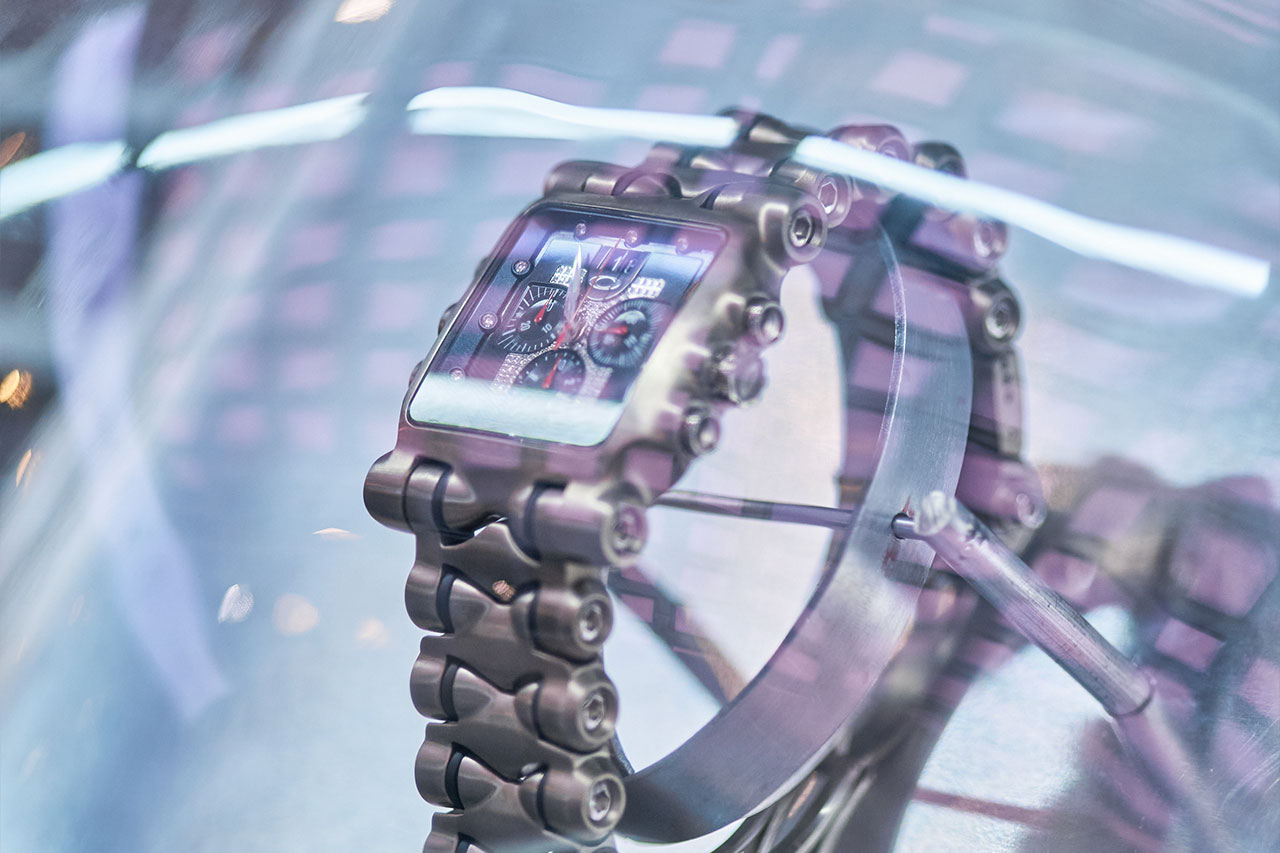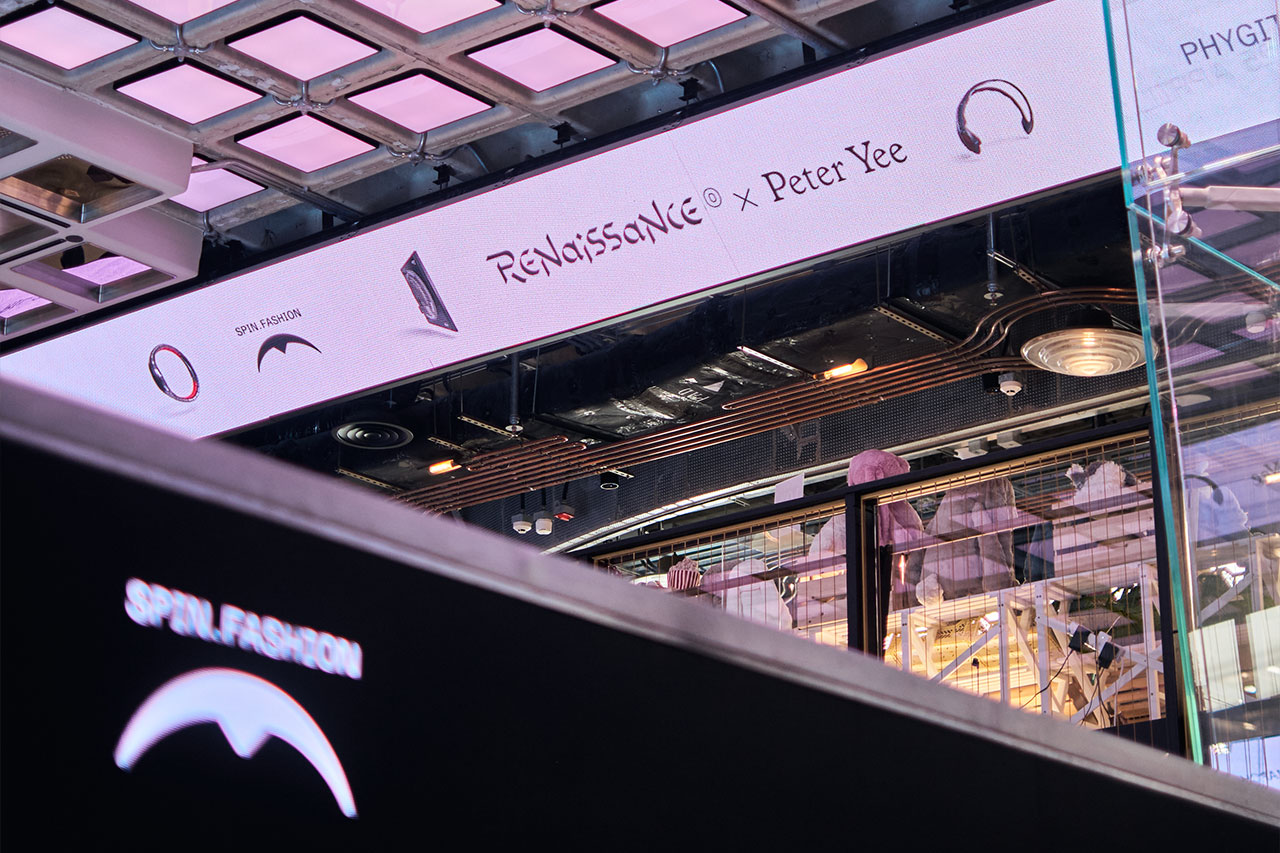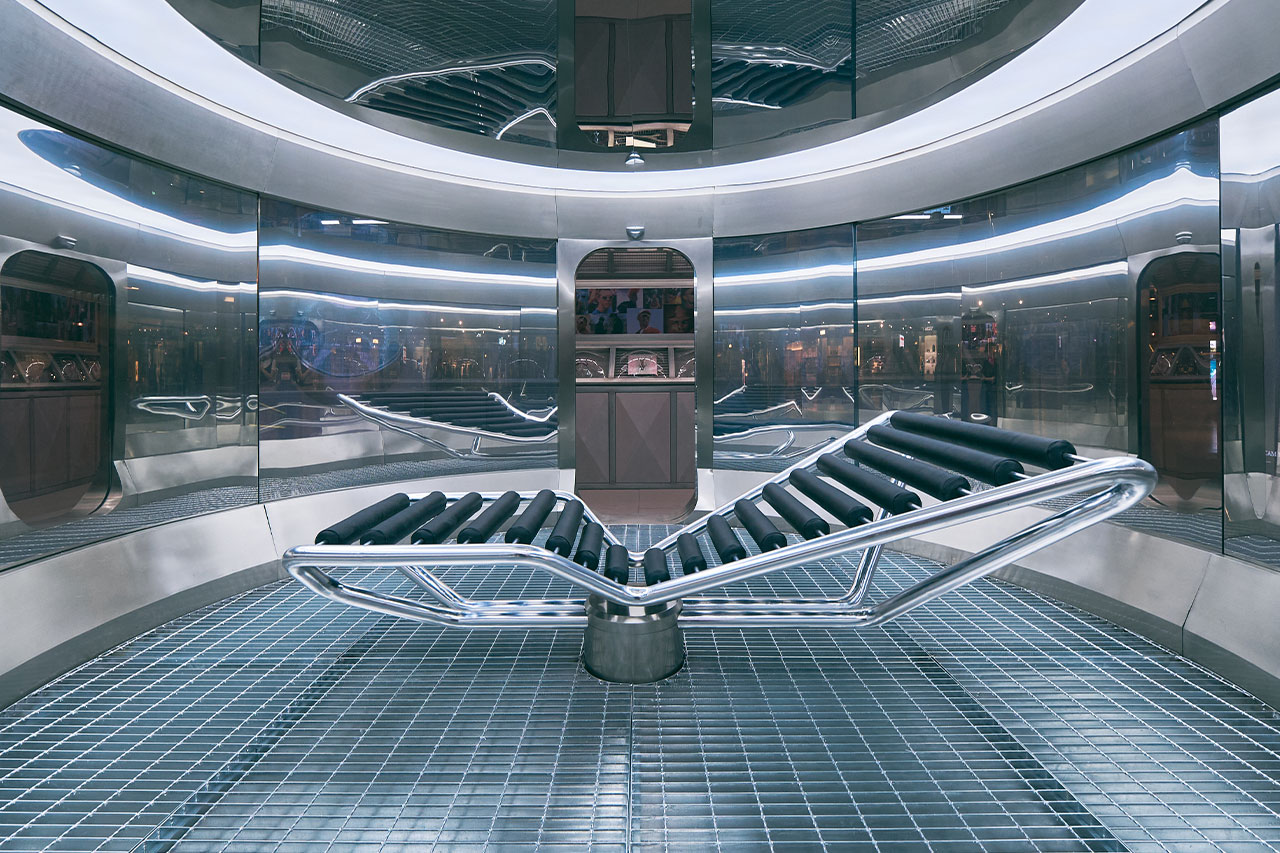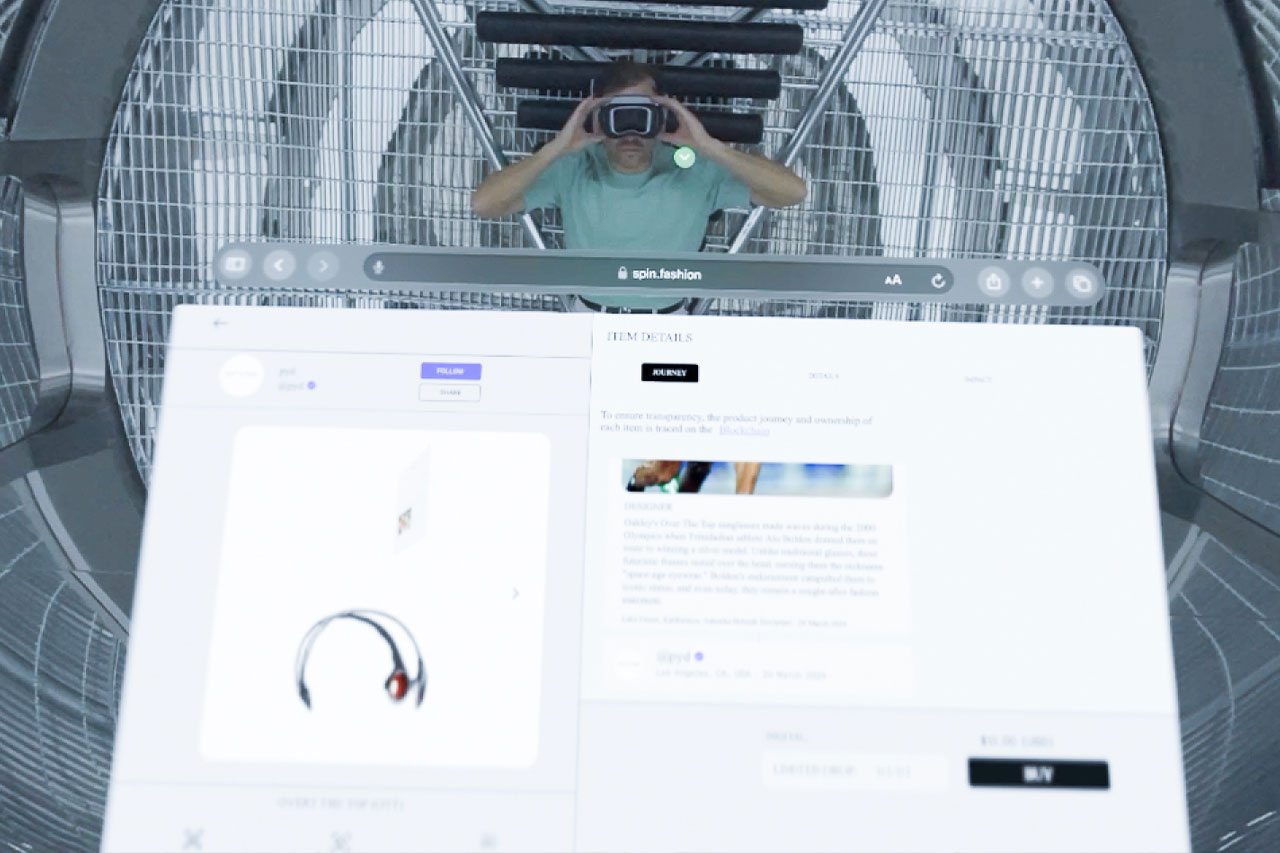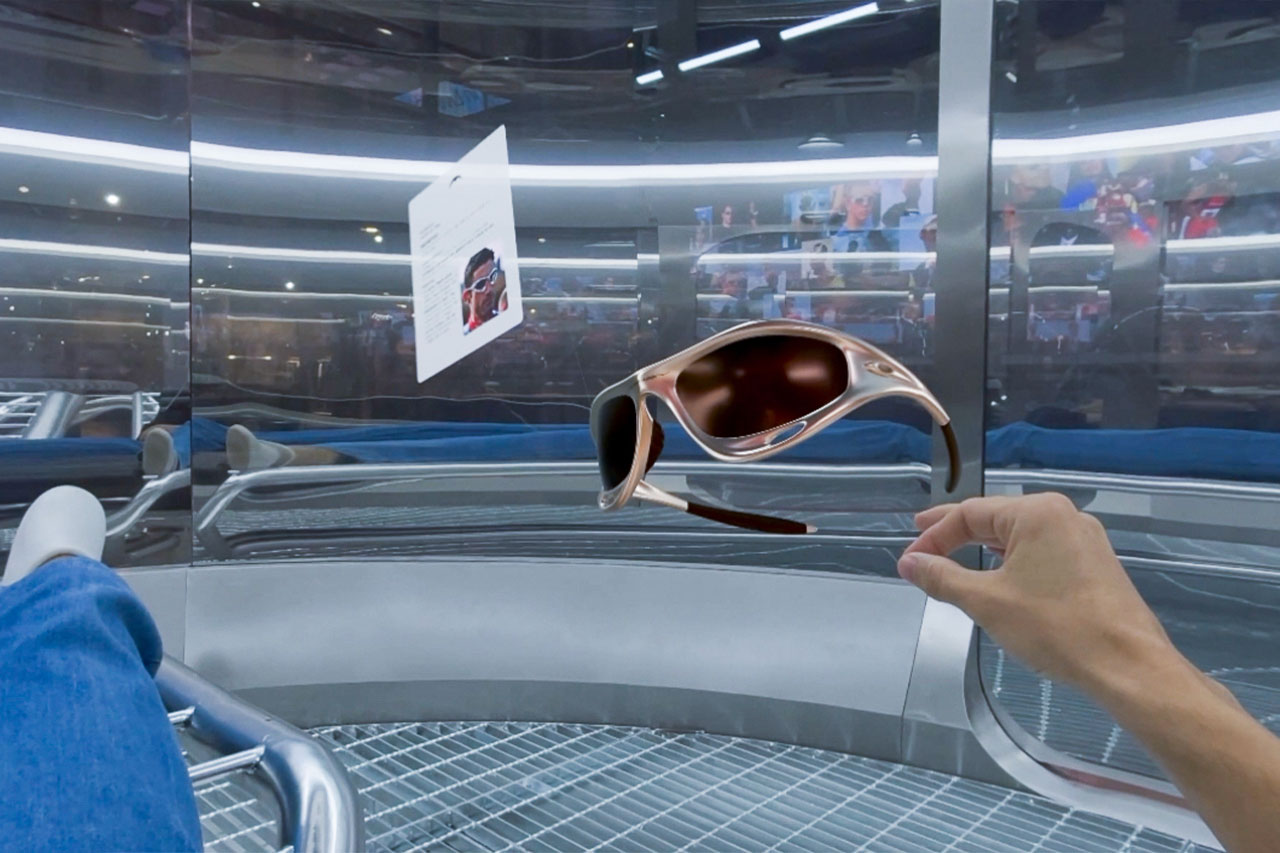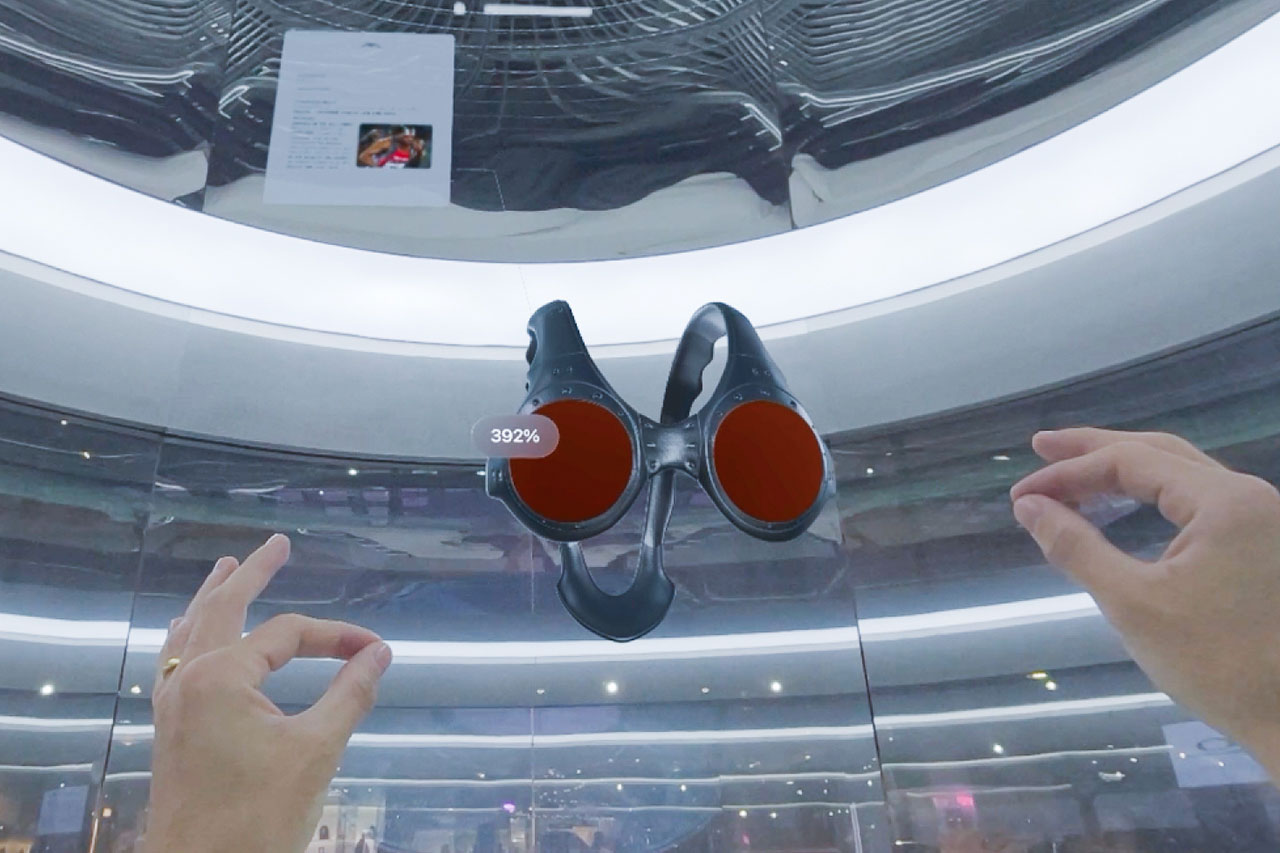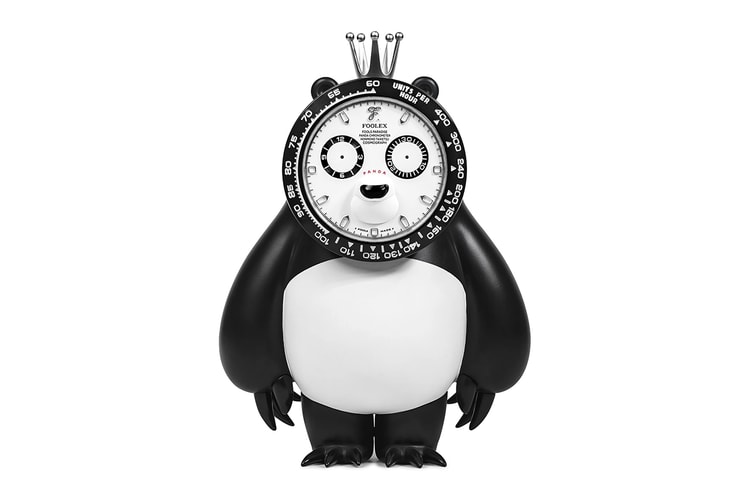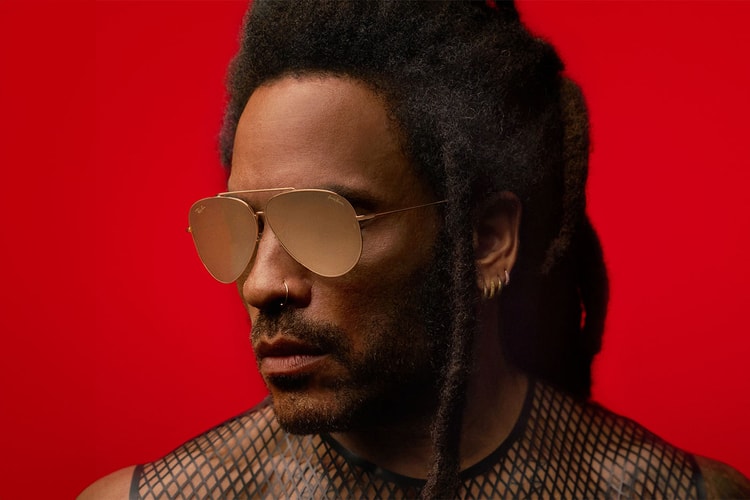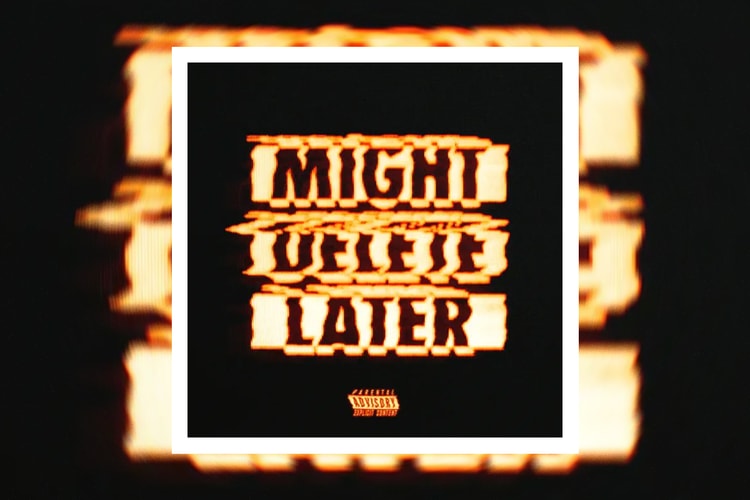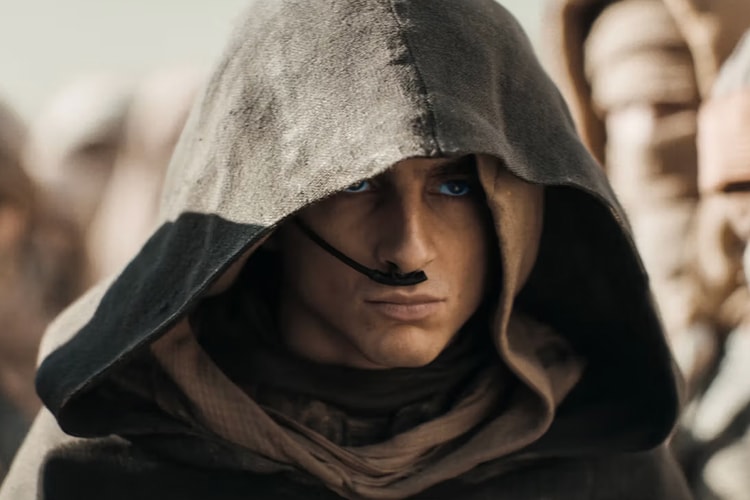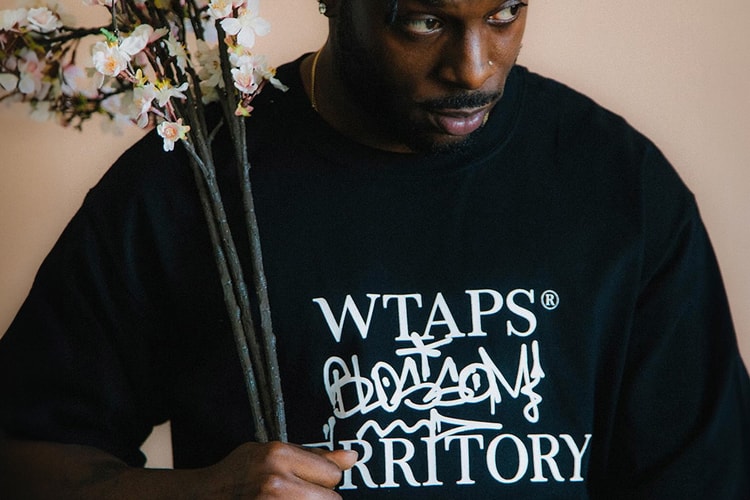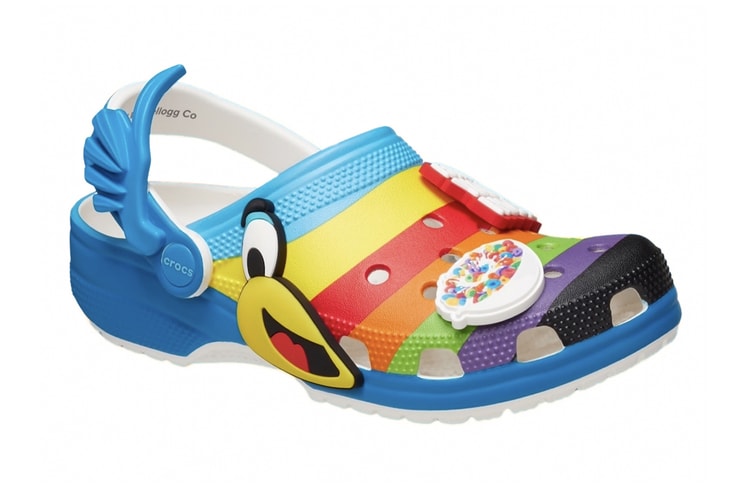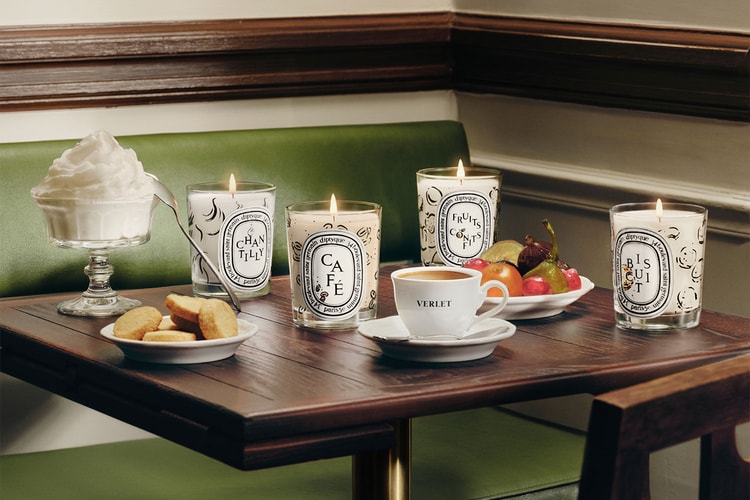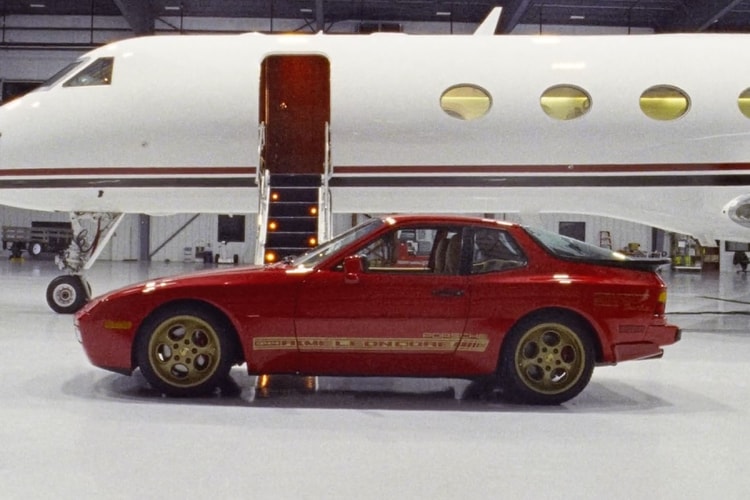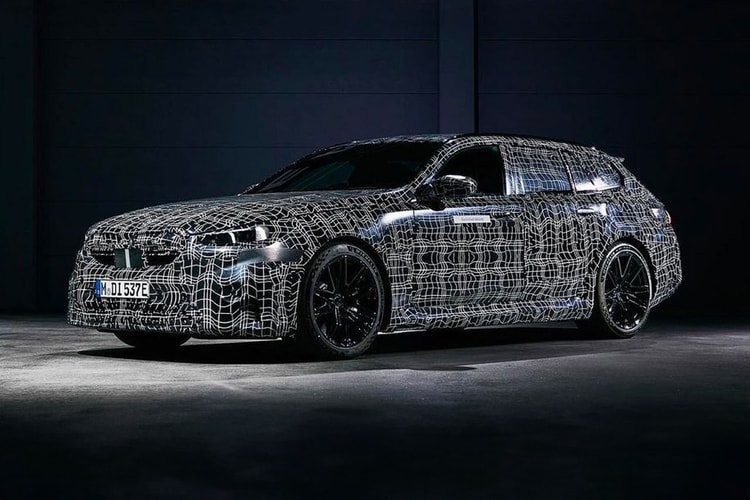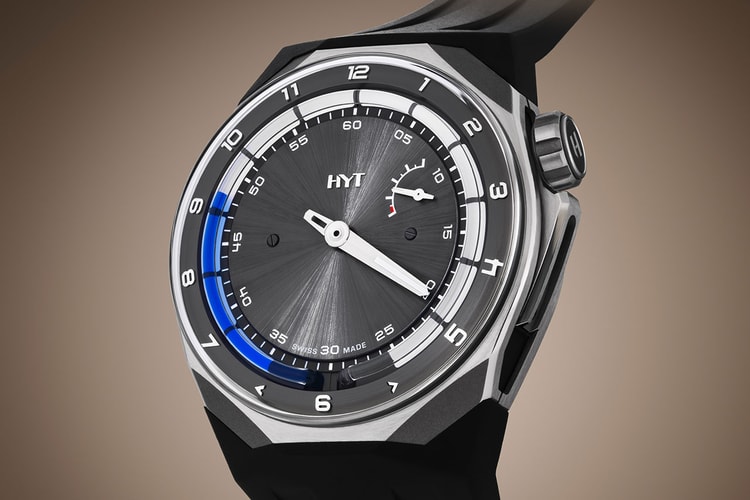A Conversation With Peter Yee, the Creative Mind Behind Many of Oakley’s Most Iconic Designs
The veteran designer shares details on his current solo exhibition, as well as insights from his past and a glimpse into the future of his new brand XYE.
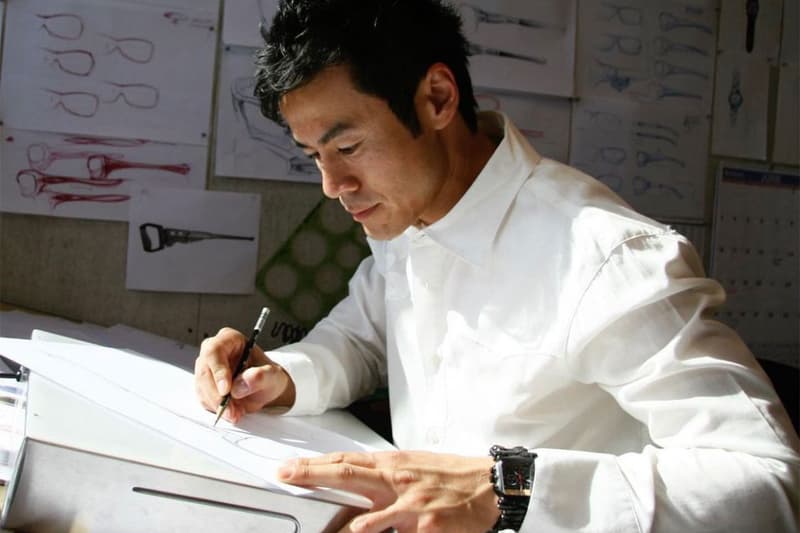
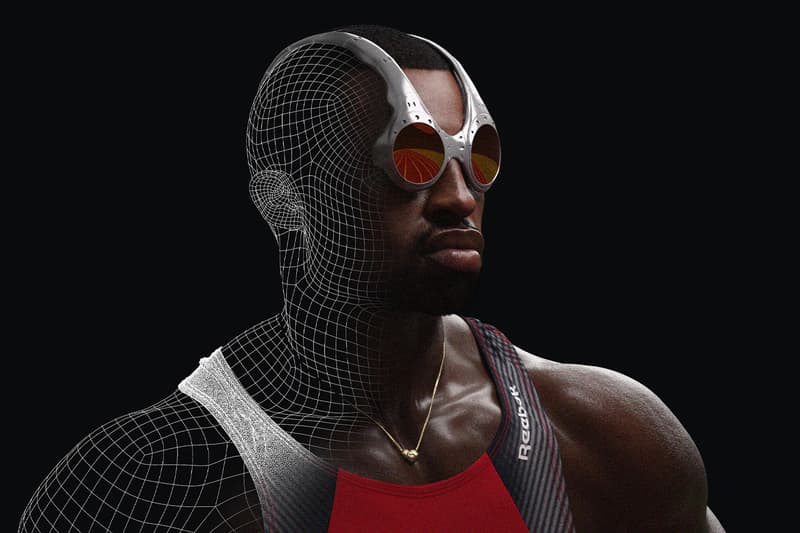
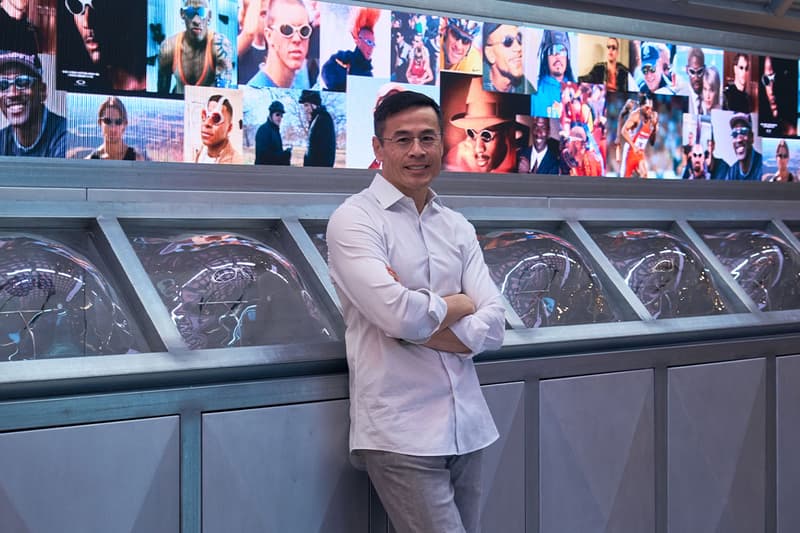
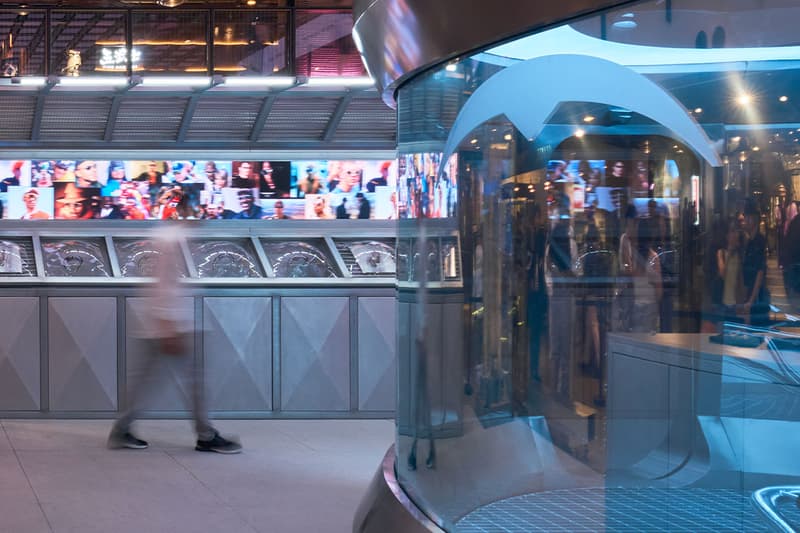
Peter Yee, a distinguished designer renowned for his pivotal role in shaping the Oakley brand’s image during the 1990s and 2000s, recently unveiled his first solo exhibition at K11 Musea in Hong Kong during Art Month. This exhibition, titled “RENAISSANCE 2.0 x Peter Yee,” is a collaborative effort with SPIN.FASHION, running until April 25 and offering an in-depth exploration of his work with Oakley through a blend of physical and digital mediums. The showcase is a homage to Yee’s extensive 25-year tenure at Oakley, presenting an array of sketches, prototypes and rare items that marked the era.
“RENAISSANCE 2.0 x Peter Yee” employs advanced technologies like augmented reality (AR) and extended reality (XR), courtesy of the Apple Vision Pro, to immerse visitors into the intricate history of Oakley’s design evolution. This innovative approach highlights the convergence of fashion, technology and culture, allowing attendees to experience firsthand the creative mind behind iconic designs like the “Over The Top” eyewear from the Sydney Olympics 2000. The exhibition not only reveals 22 unique artifacts from Yee’s personal archive but also acts as a launchpad to introduce his latest venture, a brand he’s calling “XYE.”
To learn more, Hypebeast caught up with Yee, who shared a detailed look at his exhibition, significant design legacy and future plans for XYE.
Can you tell us more about the exhibition?
It’s a great collaboration with SPIN.FASHION, where they’re bridging that interesting gap between technology and fashion. I don’t really think about things in terms of fashion but the designs I’ve done have certainly become kind of synonymous with it. So this exhibition is a great opportunity to share with Asia and the world, some of the work I’ve done that I’m very proud of, that people consider iconic, and that provides a glimpse into the what and why. It’s a really good opportunity because the majority of my career has been like the Wizard of Oz — I’m the guy behind the curtain.
How did you get started and eventually become the Wizard of Oz?
I went to design school, it wasn’t for fame and it certainly wasn’t for fortune. I remember walking through the student gallery of ArtCenter, the design school — I was like, “Oh my god,” I just walked with my mouth open and it was as if, at that moment, the clouds opened up and a beam of light just hit me and I knew “This is what I’m going to do with my life.”
Fast forward, I got out of design school in the early ’90s, I graduated at the top of my class with honors distinction and an ulcer. I had half a dozen job offers and Oakley’s was by far the coolest. When I went to interview for the role, the founder of Oakley, James Jannard, gave me a tour of the factory and everything. I remember that what was most memorable was, as we were going through production, he talked about this Cambodian couple that was working in assembly. He says hi to them and then he started telling me their whole story: “There’s a war in Cambodia, they got separated, she was able to make it to the U.S. she ended up working for Oakley, he was able to help sponsor the husband and now they’ve both been working at Oakley for X amount of years.” He’s telling me this shit and I’m like, “here’s this guy who’s building this brand — who on the corporate ladder is the top rung and he’s telling you the story of the people that are considered the lowest,” with no disrespect, “but he knows their whole story.” That told me that “hey, this guy cares. This is a special person.”
Is there a specific product or design that stands out to you in the exhibition?
All of them are meaningful to me in different ways but I think one of the standouts would be the Eye Jacket. The Eye Jacket is a dual lens, elliptical streamlined frame. That was the first design of its kind back in the early ’90s and it’s been heralded as the design that changed the face of performance eyewear. It’s been mimicked, used as “inspiration” and represents a lot of firsts for Oakley the brand, from what I and the team put into it.
It’s the first time that the new “O” logo that I designed and we all know, was featured on a frame. It’s got integrated hinges, which is very common now but was new back then. It was drawn by hand but built and constructed through CAD, which is normal today but remember, this was almost three decades ago, so 3D printing prototypes and things along those lines were a big deal. Most notably, the aesthetic language of the frame was a new language for the brand, whereas before a lot of the designs were very geometric: straight lines with radiuses and rounds. With the Eye Jacket, the design comprised of more accelerating curves, what’s called the “curvature continuous surfacing,” featuring characteristics that you would see in a race car, a bullet and things that are traveling fast or performing at a high rate of speed. So I applied those notions to that product in what I believed was a representation of performance and that was different from everything of the time.
“In everything I create, the objective is to innovate.”
In terms of exploring what’s new and different, why have you chosen to integrate AR and XR into your exhibition?
In everything I create, the objective is to innovate, and innovation, by definition, only means to make better. I’m always trying to innovate and make things better but at the same time, when I’m designing anything, I am thinking about the user experience. “Can I have a better experience with that product?” — whatever it is. So in today’s age with all the technology that exists, I think VR and AR represent another opportunity to enhance the overall depth of an experience. In my time I’ve met collectors that really love Oakleys that I’ve worked on for example — they ask a lot of questions, I answer and they’re intrigued but I think using newer technology, again, brings out more depth. Additionally, it’s a great way to experience something remotely; let’s say you don’t have the money to make it to this venue we have here in beautiful Hong Kong, not everyone can come but with technology, they can experience some version of it.
As for your design ethos, what are some practices you’ve kept over the years and others you’ve adapted because of tech?
I think fundamentally, the way I approach design hasn’t changed. When I say that, I mean, my consideration. For example, when I design for a brand, it’s predicated on what the brand stands for — what I do for one brand won’t be the same as what I do for another. The designs ideally will of course be attractive and functional but when viewed from the third-party perspective, these designs should taste, feel, and look like they emulate the uniqueness of the brand. It always depends on what it’s for, who it’s for, and what purpose it’s used for — in that regard, my approach doesn’t change.
Can you share more on the origin and design of Over The Top and why you feel it became iconic?
The Over The Top was the brainchild of the founder, James Jannard, the head mad scientist and the belief is, it represents how ideally, you want people to view Oakley, that “at Oakley, we do things differently than everybody else.” We approached problems and solved problems differently than everybody else. So over the top is a very different product, unconventional thinking was more or less the norm for that time in Oakley’s history and I was very fortunate to be a part of it. So the approach was: you’re deconstructing what eyewear is, you’re creating it from scratch, and you’re asking “What if?”
We tried it and because it’s going over the head, we’re using science, considering what the anatomical skull is like, its average shape, and so on. If you look it up at the top and if you have the opportunity put it on, you will be amazed at how well it fits. It looks like it just goes around — a round shape but it’s not a circular — like the silhouette of the human skull. So when you put it on it’s very secure and it’s surprisingly comfortable for most people.
Over The Top is not for everyone but everyone knows Over The Top. In terms of why I think it became iconic, it’s because I feel it emulates what Oakley tried to present to the world, that we think differently, that it’s a brave statement. I think it mirrored the identities of the athletes who have worn them and the identities they wanted to live up to.
“Oakley is only the first part of the book and there’s a whole other second half.”
We’ve talked a lot about Oakley and your time there but do you feel you want to slowly detach yourself from them?
I do. We can look at it this way: If I were to die now and my professional career is Oakley as a book, that’s something to be very proud of. If I think about my career to this day, the journey I’ve taken, it’s like a movie. I couldn’t have even written the script to be as crazy and cool as it is. But let’s say I’m not going to die soon, would it be cool, that when I do die, at that point, Oakley was only the first part of the book and there’s a whole second half?
So what do you have planned for this second half?
Well, what I have planned is to create some really special things. Nearly every day, I get DMs through my social media asking me to come back and do this, do that. I think the vast majority of people think I have retired and to some extent, I kind of have but I do have a design consultancy and I have clients all over the world whom I do different projects for. It would be cool to do something that’s just mine though. There was a quote that I heard recently that made me get off my ass, it was: “Success is your responsibility.”
When I heard it, it was time to “get off the couch and put your big boy pants on.” I’m 56, an age where I’m still young enough to continue to create. I still have cool ideas, some of which I give to my clients if they need them and some of which I keep for myself. I should build something. The hesitance to do that is because I know how to do it. I know how much work is involved and how much it can just suck you in, so part of my challenge is to balance that. I also think that I have a lot more to offer — it seems like the very supportive fans, that do know who I am, want more.
I’ve acquired so much knowledge, understanding, and capability, that if I’m not using it to its fullest, I’m almost doing a disservice to myself and those who have helped me to get here — so I’ve realized that while I can, while I still have the physical capability and intellectual creativity and understanding — I should use it and optimize it for myself and my family and how awesome would it be if the second chapter of the book was even more interesting than the first.
How will you approach this second chapter and what role does your brand XYE play in it?
I will say that I will approach the second half much like I’ve approached the iconic things showcased in my exhibition.
As for XYE, “X” occurs in both my personal life and professional life. When I was younger, I played a lot of video games, mostly on the Xbox 360 and my gamer tag was “XToy,” to this day I still get texts from some friends who call me by a shortened version of my gamer tag, “X.”
Then in my professional life, I have a lot of adjectives that are associated with my designs, that have the letter “x” in them, such as I believe in “design excellence,” you can look at some of my things that are pretty “exciting,” “extreme,” “extravagant,” “exhilarating,” etc. For example, one of the designs I did was Romeo, the first design of the X Metal collection. X represents many things, the crossroads between creativity and science, function and art, the past and the future, the past to create the future — all of those meanings are combined.
As for the “YE” part, it represents the phonetic spelling of my last name, it’s literally my name, just in code. In terms of what it entails, I’m not going to comment on what I’m going to make — it will speak for itself — but what I will say is that my expectations are pretty high. This is as much an adventure for me as it is for everyone else. There is a lot to learn and a lot to figure out but that’s what makes it exciting and worth doing and I feel I’m equipped to do it.



